| Umělec 2008/2 >> A place in front of the picture | Просмотр всех номеров | ||||||||||||
|
|||||||||||||
A place in front of the pictureUmělec 2008/201.02.2008 Lenka Vítková | review | en cs de es |
|||||||||||||
|
Maria Lassnig, Serpentine Gallery, London. Curator: Julia Peyton-Jones and Hans Ulrich Obrist, April 25 – July 8, 2008
At the recent London exhibition of Austrian painter Maria Lassnig (b. 1919), the large, bright walls of the elegant Serpentine Gallery display sizable figurative oil paintings, often self-portraits, some schematic male and female figures on a white background or symbolic bodies on color. None are older than three years; they’re often nudes or self-portraits. In the same way that she uses painting simply as a means of expression, which entails expressive gesticulative strokes and geometrical abbreviations on a flat avant-garde-influenced surface, she also uses herself as a model. When I speak, I use words such as "like" and "simply." I think it’s the nature of thinking. I think in analogies and clarify them through speaking. In this essay I want to stress the word "only." I’ll talk about a number of limitations. Lassnig studied at the Akademie der bildenden Künste in vienna in 1941-44 and at the School of Visual Arts in New York in 1970-72. She lived on and off in Paris, New York and Vienna, where she taught in 1980-97 at Hochschule für angewandte Kunst, becoming the first female professor of painting in German-speaking countries. Her gender has been a topic of discussion on other occasions as well. A story from a trusted source says that curator Rudi Fuchs answered the artist’s question of why it was harder for her than for others of her generation to get onto the major art scene in the 70s and 80s by saying: “Because you’re a woman and of a certain age.” It’s important not to underestimate the gender question when viewing the paintings. But in this case, the major difference is the fine distinction between a man drawing male and female bodies and a woman—it’s easy to see, but hard to describe. Maybe this also has to do with the chosen method, which Lassnig calls body awareness painting, or introspective painting. She swore off photographs and so when painting a figure, she paints what she feels, not what she sees. As if through paintings she goes from the inside, up to the surface. Sometimes this approach leads to drastic abbreviation, which in the past led Lassnig’s critics to proclaim her as simply grotesque, nothing more. The grotesque, though, is not the goal, it is simply the byproduct of how we, the viewers, perceive bodily deformations. This illustrates the fact that the artist follows her instincts, even though the result may sometimes be unpleasantly schematic. Reduction is a principle, which can bring significant profit, as in the latest paintings, where Lassnig abandoned backgrounds and left naked bodies on naked, simply white canvases. Her pictures always have a narrative. By throwing the protagonist into an empty space these stories acquire wider validity. If the whole body is a vessel of meaning, in Marie Lassnig’s paintings skin is a mask. The exhibit’s catalogue cites Willem de Kooning: “Flesh is the reason why oil painting was invented.” Bodies are like peels thrown onto the canvas. Old age means more skin, more skin means more possibilities. On Flower from 1987, a face is growing like a flat mask or a paper kite from a stem of two leaves on a tabular base which is rising against a dark background reminiscent of Odion Redon’s works. Plastic wrap appears on the paintings as a second skin, a metaphor of interrelation. A woman on her own, a man by himself in plastic, an old bride behind a screen, which forms an intimate space around her, protecting her and, at the same time, exposing her isolation. Plastic foil, same as drapery, highlights gravity, or the relentless work of the laws of physics. It doesn’t hide, but only separates, having a quality of sanitary material. Lassnig studied painting in Nazi-controlled Austria, which meant that she became acquainted with the works of expressionists only after the war. She came to the topic of bodies through surrealism. “In Klagenfurt, where I lived, a lawyer wrote Surrealist poetry. That’s how Surrealism came to our small town.” It’s important for Lassnig, just as it is for surrealists, to distinguish between body-subject and body-object. It is between those two poles that themes such as fear, old age, addiction, illness and combat appear. I can imagine that Lassnig as a professor had as high expectations of her students as she did of herself. She inexorably spoke of her abstract paintings from the 1950s as Dumpling Configurations (Knödelfiguration). In an interview with Jörg Heiser for Frieze 103/2006 she indicated that her current work is “genre” or “drastic” painting. Theoretically, these paintings could have appeared a few decades ago. Newspapers today are full of photographs of men flying in the air in bodily conflicts against a random green background. Lassnig gives her protagonists instead a white canvas for their interaction. Canvases painted with oil paints reveal experience with the media’s assessment of reality. In the foyer of the gallery, you can view experimental films, which Lassnig created from the 70s to the 90s. They show metamorphosis of forms, relationships and the history of art. The artist, in amusing costumes, tells the story of her life. The films uncover her life experiences and reveal her long artistic past. As soon as we go into the gallery, though, the most striking thing is simply that there is nothing there besides these recently created works. The visitor passes through the gallery waiting for a return, relief, but instead has to face more and more paintings that hold him to the already mentioned themes. You are placed at the mercy of the author’s mercilessness toward herself. Then there is something like an awakening—aha, so what I see, that is it. The only other thing that will appear is empty space in front of the pictures, left behind by the author and model in one.
01.02.2008
Рекомендуемые статьи
|
|||||||||||||
|
04.02.2020 10:17
Letošní 50. ročník Art Basel přilákal celkem 93 000 návštěvníků a sběratelů z 80 zemí světa. 290 prémiových galerií představilo umělecká díla od počátku 20. století až po současnost. Hlavní sektor přehlídky, tradičně v prvním patře výstavního prostoru, představil 232 předních galerií z celého světa nabízející umění nejvyšší kvality. Veletrh ukázal vzestupný trend prodeje prostřednictvím galerií jak soukromým sbírkám, tak i institucím. Kromě hlavního veletrhu stály za návštěvu i ty přidružené: Volta, Liste a Photo Basel, k tomu doprovodné programy a výstavy v místních institucích, které kvalitou daleko přesahují hranice města tj. Kunsthalle Basel, Kunstmuseum, Tinguely muzeum nebo Fondation Beyeler.
|







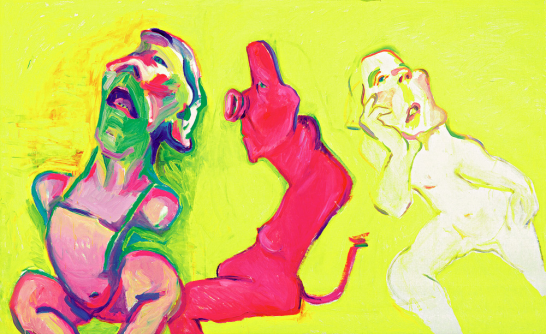










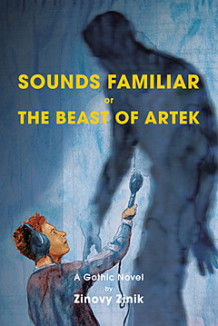











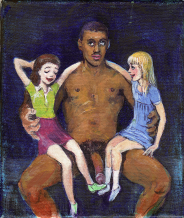
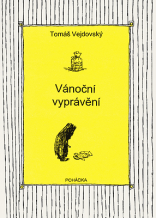
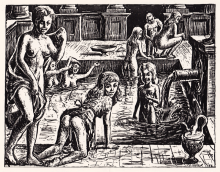
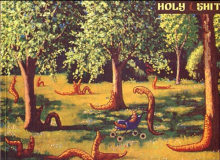


 New book by I.M.Jirous in English at our online bookshop.
New book by I.M.Jirous in English at our online bookshop.
Комментарии
Статья не была прокомментированаДобавить новый комментарий